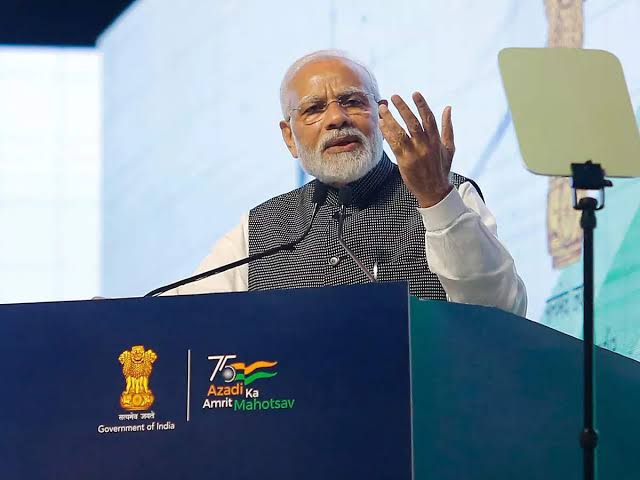Success of Atmanirbharta in defence production : Defence Exports Jump over 6.5 times since 2014

Western Defence Analysts have recently started a subtle campaign to showcase that Indian push for ATMANIRBHARTA in defence production was a failure. We’ll they are pedaling just lies and nothing less.
They and their supporters in the Indian import lobby have been shouting hoarse that despite almost constant conflict at the Line of Control (LoC) over the last seven decades and a host of insurgency movements across the nation, India is yet to develop a credible defence manufacturing industry.
Well the much “ maligned “ the DRDO has succeeded in producing an impressive arsenal of missiles capable of striking targets thousands of kilometres away in any point on this planet ( there should be no doubt in any one’s mind ).
Though the Defence manufacturing both Public and Private Sector were certainly struggling till now. However, with the Indian government led by the National Democratic Alliance with Narendra Modi at the helm, has been aggressively promoting ‘Atmanirbhar Bharat’ through the Make in India policy, the progress has been rapid and things are changing.
The increased involvement of the private sector in defence manufacturing has taken place and they have begun to contribute towards a substantial growth in India’s defence exports.
From a measly ₹1,940.64 crore in 2014-2015 to ₹12,814.54 core in the last fiscal, Indian defence export has witnessed a big leap. Defence exports are expected to cross ₹15000 crore in the current fiscal.
Srikar K. Reddy, Joint Secretary, Department of Commerce, Government of India has painted an even rosier picture of India’s defence manufacturing industry.
Addressing the 2nd edition of India MSME Defence Week on Tuesday, he stated that India is likely export defence equipment worth an estimated Rs 17,000 crores during the 2022-23 financial year.
“Several factors like rising demand, greater innovation, more conducive policies and a maturing ecosystem in defence and aerospace manufacturing space are leading to the growth in the sector,” he said in a statement.
“It is not only the government but now even the MSMEs have realized their role as an untapped force multiplier for the defence sector. To put that in perspective, the total MSME vendors scattered across the country supplying to the Defence Public Sector Units (DPSUs) were 7,591 in FY18, 8,643 in FY19, and 10,506 till Q2 FY20. By December 2021, the total MSME count had increased to 12,000,” he added.
He also noted that the ban imposed by the Indian government on a host of weapons and defence systems has helped boost the domestic defence industry.
“India has imposed a phased import ban on 310 different weapons and systems during the last two years, which helped boost export,” he said.
One of the showcase weapons imported by India is the formidable Brahmos missile, which has been purchased by Philippines, which like India, has a territorial dispute with China.
Another Indian defence product that may emerge as a big-ticket export item is the TEJAS Light Combat Aircraft (LCA).
The US, Australia, Indonesia and the Philippines are among six countries, which have shown interest in India’s TEJAS aircraft while Malaysia has already shortlisted the jet under its acquisition programme, the government said on Friday.
The other two countries that have evinced interest in the aircraft are Argentina and Egypt, according to Minister of State for Defence Ajay Bhatt.
TEJAS, manufactured by Hindustan Aeronautics Ltd (HAL), is a single-engine multi-role fighter aircraft capable of operating in high-threat air environments.
In February last year, the defence ministry sealed a Rs 48,000 crore deal with HAL for the procurement of 83 TEJAS light combat aircraft for the Indian Air Force (IAF).
Other defence items exported by India include protective gear, naval patrol vessels, helicopters, SU avionics, radios and coastal surveillance systems, Kavach MoD II launchers, spares for radars, electronic systems and light engineering mechanical parts.




